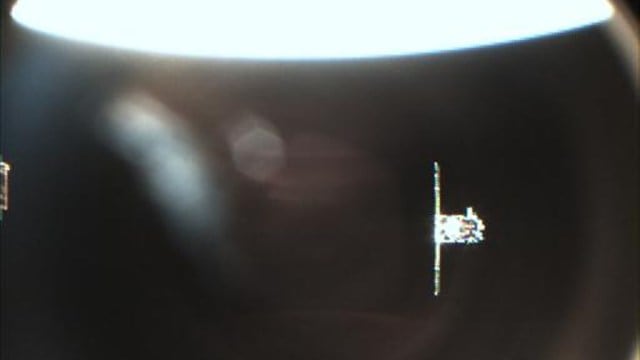Students should cultivate the habit of not only studying hard to score more marks, but also should focus on overall personality development, ISRO Chairman designate V Narayanan said here on Sunday.
"Students should first learn how to study. At a young age, a student may hail from different kinds of backgrounds. They may study whatever they want. But what is important is how they study their subjects. At the time of learning, they should also focus on overall personality development," he told reporters.
Elaborating, he said, students should adopt two education systems - 'value based' and 'intellectual based'.
"I must thank God and the Prime Minister (Narendra Modi) for selecting me to lead this great organisation," he said.
Narayanan said his colleagues always work with an attitude to ensure that they work for the welfare of the country and its people. "We all consider that the organisation (ISRO) and country are above individuals. Everyone here is working very hard," he remarked.
The rocket scientist referred to PM's Narendra Modi's vision of 'Viksit Bharat' by 2047. "The PM's vision has been to transform the country into a developed nation by 2047," Narayanan said, and appealed to students to study hard and work for the development of the country and its people.
Narayanan was recently appointed as the Secretary, Department of Space, succeeding Somanath, whose tenure is expected to end by January 13. He also holds the charge of chairman of the Indian Space Research Organisation.


